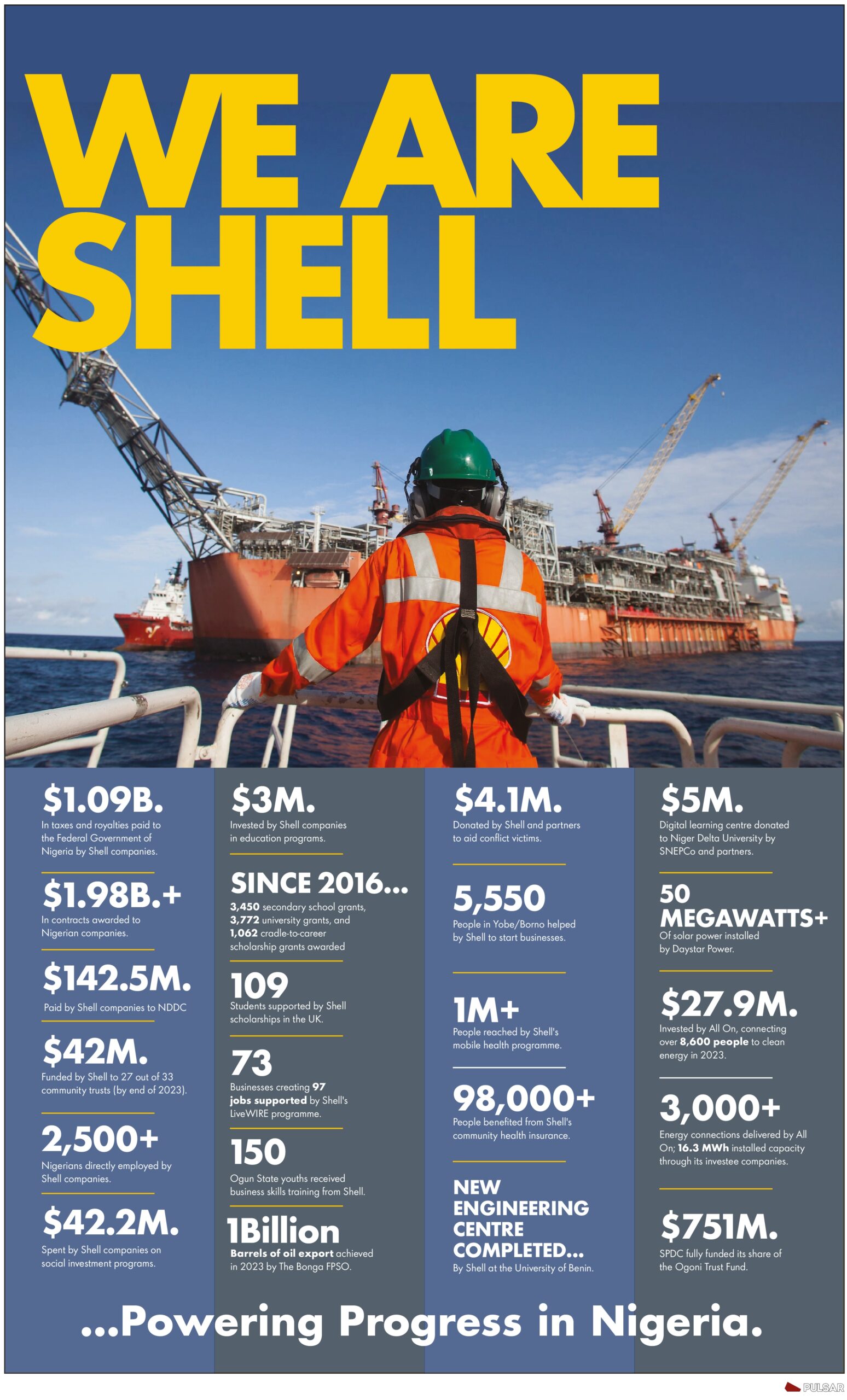… states implications of increasing MPR and recommends way out
The Manufacturer Association of Nigeria (MAN) has reacted to the increase in the Monetary Policy Rate (MPR) to 18.5 percent by the Monetary Policy Committee of the Central Bank of Nigeria (CBN), stating that the continuous and consistent increase in MPR is evidence that is not yielding the desired growth in the economy.
The Nigerian economy, the association stated remains fragile and bedeviled with numerous challenges that inhibit growth. Therefore, the monetary authority needs to pay closer attention to rethink the policy mix, bearing in mind the parlous state of the economy, especially the effect of a high MPR on the manufacturing sector and the economy.
MAN said the increase will compound the imminent recession in the manufacturing sector and negatively impact its operations in so many ways, including:
➢ Increase in the cost of borrowing that will further discourage investments in the sector.
➢ High cost of production which will lead to higher commodity prices and inventory of unsold manufactured products.
➢ Decline in capacity utilization owing to high interest rate and reduction in sales.
➢ Reduction in the output of the sector which will further reduce the national productivity and per capita income.
➢ Reduction in manufacturing employment, thereby fueling insecurity and social vices.
➢ Decline in Government revenue as a result of low productivity of the manufacturing sector and the resulting low taxes.
➢ Reduction in inflow of investment owing to increase in cost of borrowing for manufacturing investment.
➢ High product prices owing to rising factor costs, which will in turn render the sector less uncompetitive.
It stated further its position on the issue is that the increase in MPR from 18% to 18.5% will certainly lead to an increase in lending rates and worsen the uncompetitiveness of the manufacturing sector.
“The Association has been clamoring for single-digit lending rates to allow manufacturers access needed funds to boost the performance of the sector. This increase, like the previous ones, is evidence that the CBN is either unperturbed about the plight of the productive sector or is unable to fathom out a more creative policy mix that would reflate the sector.
We are persuaded that monetary authority is oblivious of the fact that the failure of its tightening policy to address the inflationary pressure is because the hike in inflation is largely caused by a combination of familiar challenges, including low output which is attributed to instability of macroeconomic variables, inconsistent and lackluster fiscal policy regime, incoherent industrial policies, challenging and expensive operating environment, exploitative regulation, external shocks and poor exchange rate management.
Therefore, there is a need to address the identified root causes of inflation and refrain from intensifying policy choices that hamper the performance of the real sectors of the economy.”
It has however recommended that interrelationship among macroeconomic variables is essential in policy formulation, as the movements of interest rate, inflation rate and exchange rate have direct impact on investment, employment and output of any economy.
According to the conventional monetary framework that was adopted by the CBN, increase in MPR should increase interest rate and by extension attract financial investment. However, it will also increase the cost of borrowing, crowd out more investments in the real sector and lower the output of the manufacturing sector, it stated.
Therefore, it is necessary for government to think outside the conventional monetary policy framework and take pragmatic steps to quell the inflationary pressure and reposition the economy. In the light of the aforementioned, we recommend that:
❖ As the cost of lending from Commercial Banks is expected to increase with the increase in MPR, it is important that priority attention should be given to improving the size of the available special funding windows and making them accessible to the industries at liberal conditionality.
➢ Reduction in inflow of investment owing to increase in cost of borrowing for manufacturing investment.
➢ High product prices owing to rising factor costs, which will in turn render the sector less uncompetitive.

